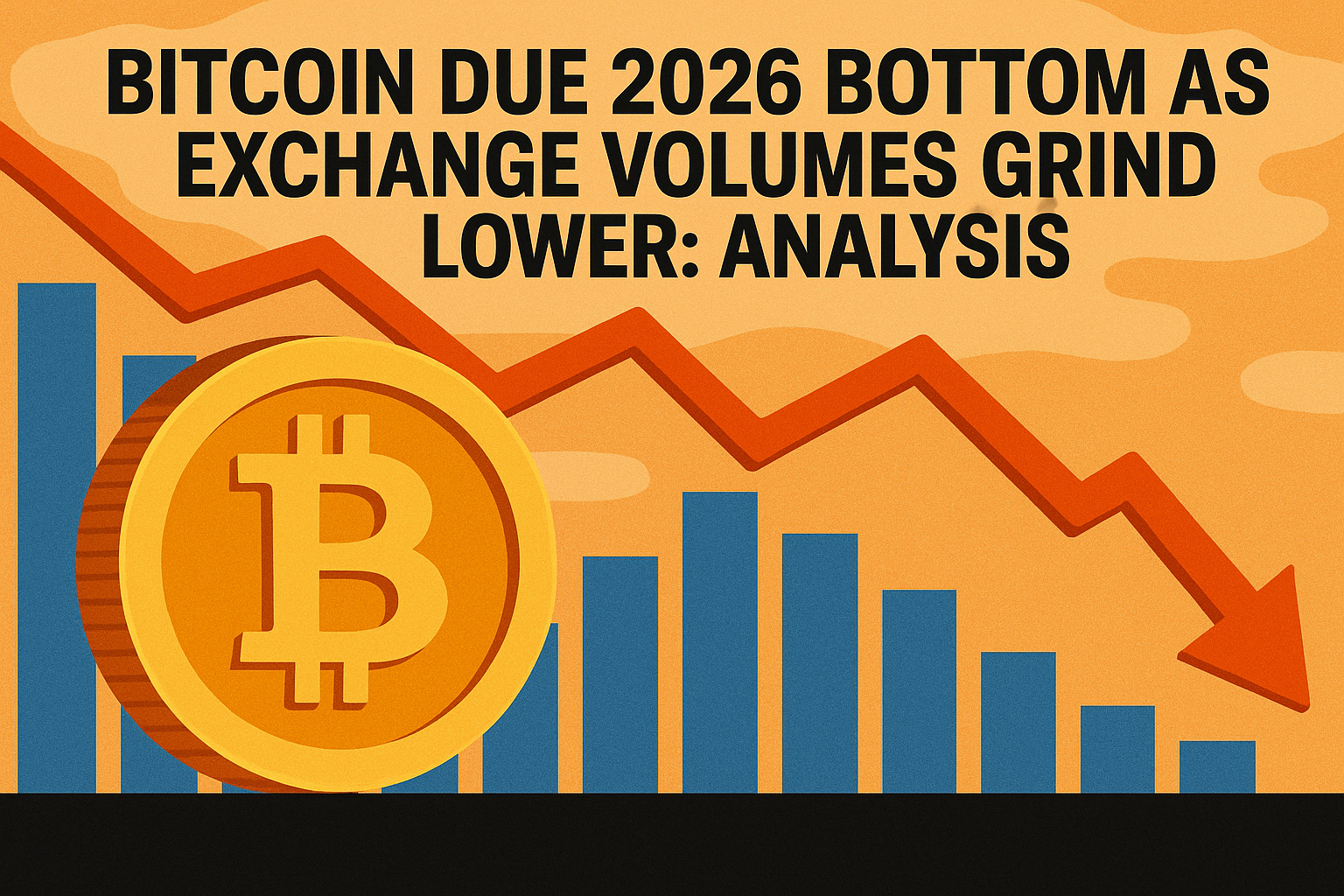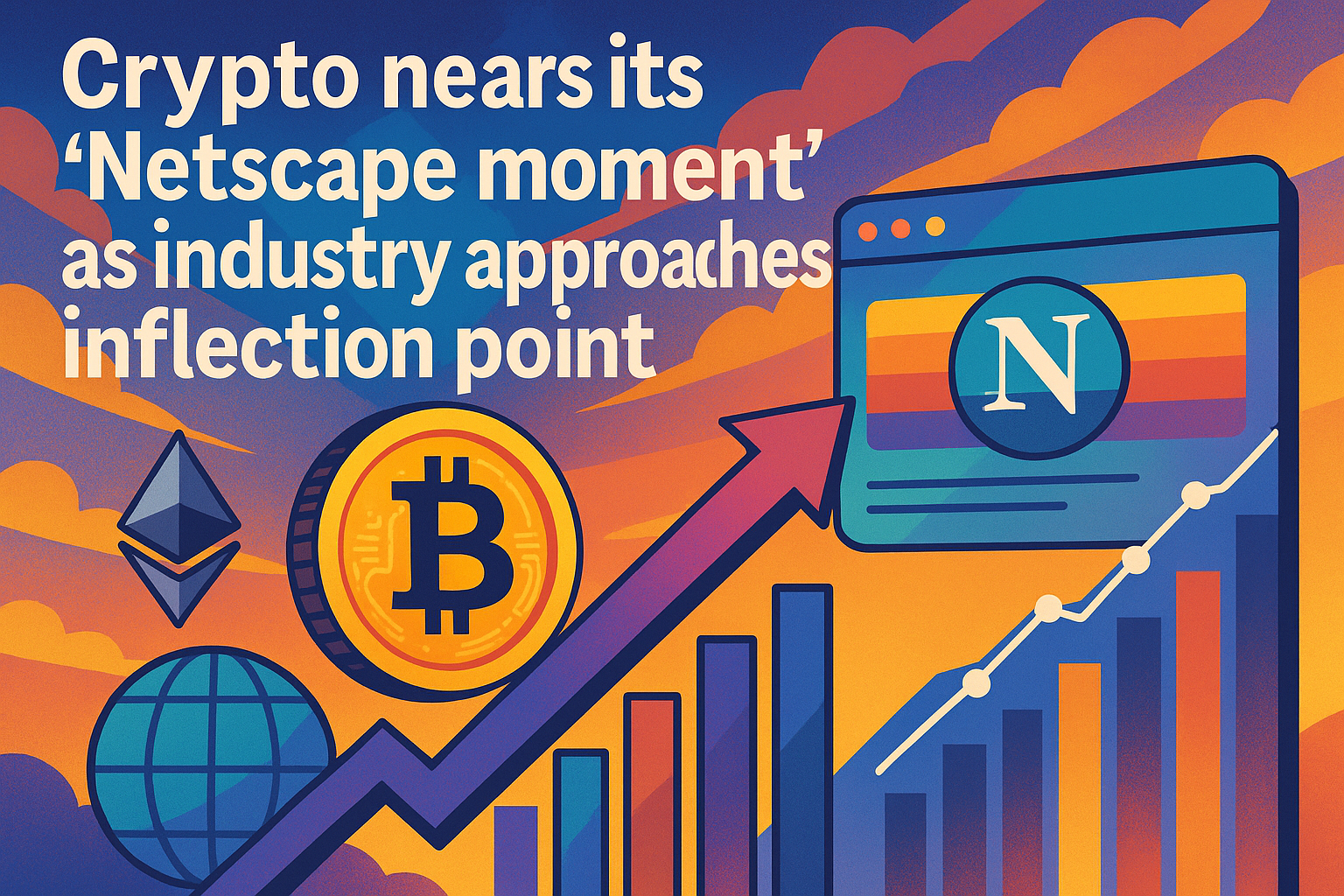Table of Contents
Web3 games witnessed an investment of nearly $1 billion in April 2024 alone. The industry is rising at a record speed, with a large number of games launching every quarter. A huge credit for this success goes to L2 Rollups. But what role do rollups play in the Web3 gaming infrastructure? Let’s find out.
Rollups & Web3 Gaming
1. Scaling the games on a budget
Web3 games need a lot of transaction throughputs to handle in-game transactions. However, the transactions also need to be processed cheaply. One can’t expect to pay hundreds of dollars in a game just to complete a basic task, especially during the congestion of the main network. Blockchain Rollups offer an easy alternative to the main networks. They process a significantly larger number of transactions than the main network at a fraction of the cost—two birds in one stone.
Games need a large number of transactions with minimum to zero fees while the security requirements are not as high as you would expect from Ethereum; Rollups afford them the option to go to layer 3, layer 4 and so on to exponentially increase the scalability.
2. User experience boost
The scaling comes with an additional benefit. The seams vanish with the near-instantaneous transaction processing with rollups, making room for better systems and better use of the provided additional time. And because the network can support more transactions, the game is free to onboard more players, helping the creators and benefiting the existing players with a broader adoption.
3. Interoperability
Cross-game item trading, shared in-game economies, and unified player entities across different games built with the same layer-2 rollup are some of the best features of Web3 gaming. Layer 2 rollups facilitate this between different games and platforms by using standardised protocols.
This means game assets and data can move from one game to another with ease. Assets bought in one game will be available in another. Making attractive opportunities for asset-trading to gamers. Because these are based on blockchain technology, the ownership records, proof of the uniqueness of the asset, and their compatibility with other games, trades get incentivised.
4. Account abstraction
Rollups also fuel account abstraction to increase user experience by abstracting the tedious tasks of managing your security keys or seed phrases behind a friendly user interface. All these transactions do still happen. You just don’t need to think about them. The founder of Ethereum, Vitalik Buterin, believes that Account Abstraction will increase the mass adoption of the network. It makes the onboarding process smoother for players.
5. Better games & Adoption
The reduction in cost and the increased speed give developers room to build more complex mechanics and experiment with more features more often without needing to worry about the financial aspects.
This would’ve otherwise been a significant hindrance in game development because developers would have to think of the cost of the new feature, the cost of failure and more. With rollups solving that problem, developers are more likely to experiment without worrying about these things. Which in turn results in more, diverse and better games for players.
TL;DR
Overall, solving the scalability problem of the main networks like Ethereum, layer 2 rollups boost Web3 game development and adoption from all sides to the point that it’s now challenging to imagine the Web3 gaming space without them. Rollups play a massive role in this regard and will continue to do so with technological advancements and various exciting solutions. If you’re curious about rollups, here is an excellent article for you.







